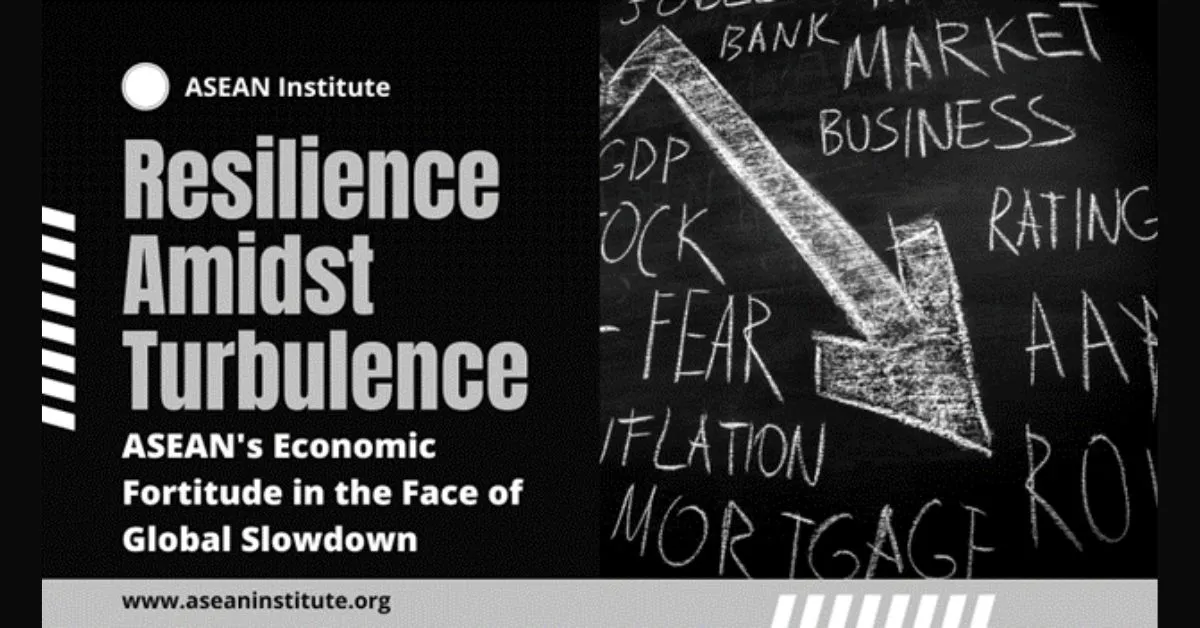A significant shift has emerged in the global trade governance landscape, characterized by a rise in protectionist measures, the weakening of the World Trade Organization (WTO), and an increase in regional and bilateral trade agreements. Amid these transformations, ASEAN stands at a critical juncture to define its position on the global trade governance reform agenda (Hsieh, 2020).
The ten-member regional bloc has consistently pursued a policy of trade liberalization and economic integration, which has led to rapid growth and development in the region (Anwar, 2021). Nonetheless, the changing global trade environment demands a reassessment of ASEAN’s approach to trade governance, particularly in light of the challenges posed by the ongoing US-China trade tensions, the digital economy, and the need for a sustainable and inclusive trading system.
Existing literature has identified various areas of concern for ASEAN in the context of global trade governance reform. For example, Urata (2019) emphasizes the need for ASEAN to address non-tariff barriers (NTBs) and engage in deeper regulatory cooperation to facilitate trade and investment. Similarly, Cheong (2020) argues that the regional bloc must strengthen its commitment to the rules-based multilateral trading system, especially in the face of rising protectionism and unilateralism.
Furthermore, ASEAN faces the challenge of maintaining its centrality in the evolving regional trade architecture (Chia, 2021). The recent conclusion of the Regional Comprehensive Economic Partnership (RCEP) – which includes ASEAN, China, Japan, South Korea, Australia, and New Zealand – presents both opportunities and challenges in this regard (Ravenhill, 2020). On the one hand, the RCEP can help consolidate ASEAN’s position in the regional trade architecture; on the other hand, it may also increase the bloc’s dependence on major powers, particularly China.
Another critical issue for ASEAN pertains to the digital economy, which has been rapidly transforming global trade dynamics (Duval & Utoktham, 2020). In this context, ASEAN must actively engage in discussions on digital trade governance, including the development of global rules and standards for e-commerce, data protection, and cross-border data flows. By doing so, the bloc can ensure that its member states are well-positioned to benefit from the digital economy while also addressing potential risks and challenges.
Lastly, ASEAN must consider the implications of the global trade governance reform agenda for its commitment to sustainable and inclusive development (Rahman, 2021). This includes addressing trade-related environmental and labor concerns, promoting gender equality in trade policies, and ensuring that the benefits of trade are broadly shared across the region.
In conclusion, ASEAN stands at a critical juncture in the changing global trade governance landscape. The regional bloc must actively engage in the reform agenda, addressing key challenges related to non-tariff barriers, the digital economy, and sustainable and inclusive development. By doing so, ASEAN can ensure that it remains a central player in shaping the future of global trade governance.
References:
Anwar, D. F. (2021). ASEAN Economic Integration and the Rules-Based Multilateral Trading System. Journal of Southeast Asian Economies, 38(1), 21-36.
Cheong, I. (2020). ASEAN and the Multilateral Trading System: Challenges and Responses. Journal of Southeast Asian Economies, 37(1), 1-17.
Chia, S. Y. (2021). ASEAN and the Changing Regional Trade Architecture: Challenges and Responses. Journal of Southeast Asian Economies, 38(2), 179-195.
Duval, Y., & Utoktham, C. (2020).











